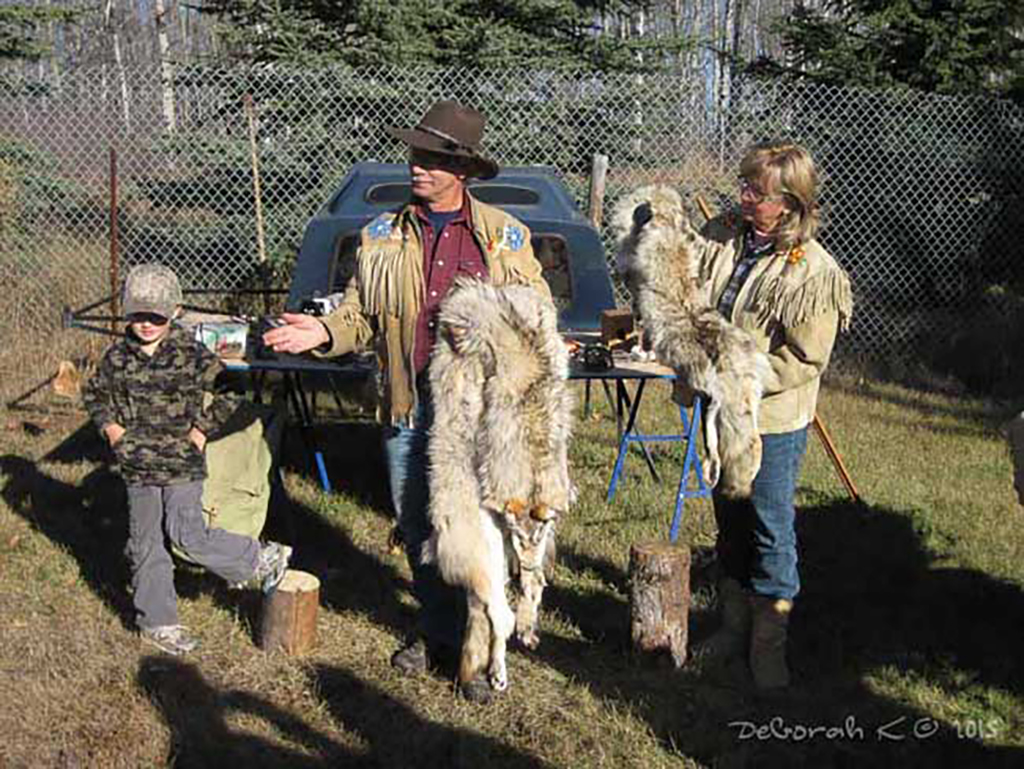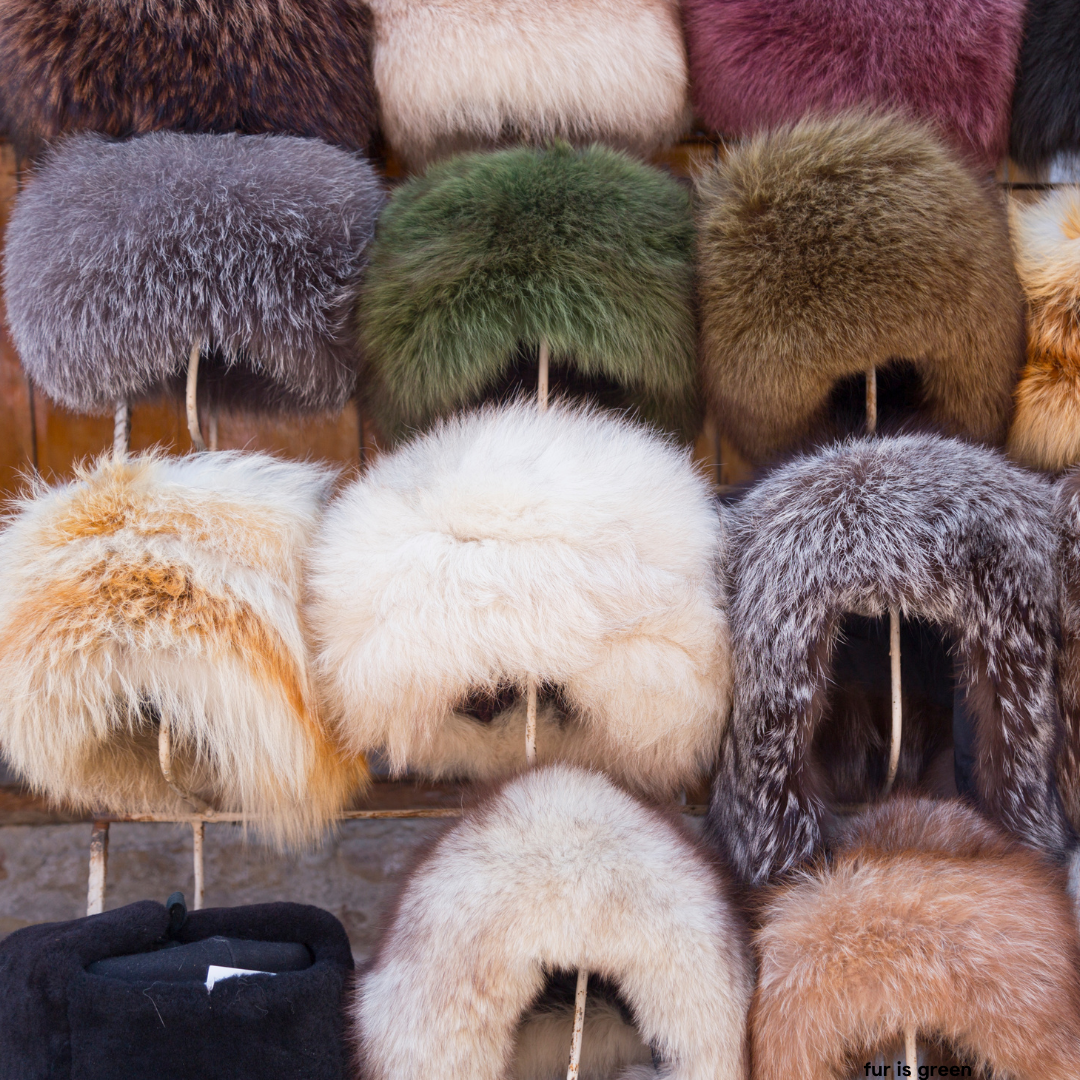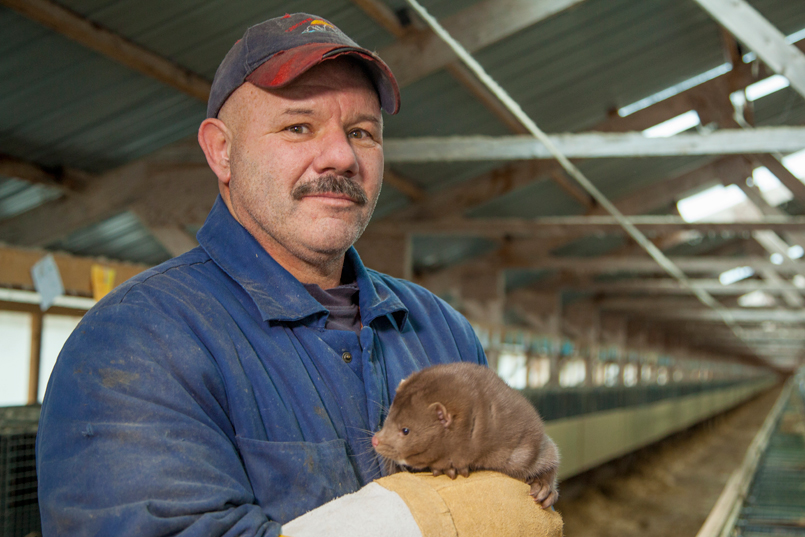Fur, a Renewable resource
Reconstruction of garments and their eventual decomposition lessen the impact on landfills and eliminate waste.

Fur is a natural, renewable and sustainable resource.
That means we only use part of what nature produces each year without depleting wildlife populations or damage the natural habitat s that sustain them. The goal is to maintain long-term ecological balance.
In nature, each plant and animal species generally produces more offspring than the land can support to maturity. Like other species, we live by making use of part of this surplus that nature creates. We also have a responsibility to protect the wilderness areas that provide these valuable resources. Modern conservationists define this as the “sustainable use” of renewable resources.




Environmental Impact of Synthetic Materials
Synthetics, by contrast, are generally made from petroleum (a non-renewable resource), which is NOT consistent with the sustainable use of our environment. The production, transportation and disposal of petrochemicals can cause environmental problems.
Watch How

fur industry is an excellent example of an industry based on sustainable use
Worldwide, the fur industry is an excellent example of an industry based on sustainable use. All the furs used by the trade are abundant and absolutely no endangered species are used. This is assured by strict provincial/state, national and international regulations. In the Canadian fur trade, government wildlife officials and biologists ensure responsible use by establishing controlled hunting and trapping, harvest quotas, licensing, and training courses for trappers. Strict government regulations ensure that these quotas and seasons are respected.
Thanks to modern wildlife management and trapping regulations, there are as many beavers and muskrats in North America now as when the Europeans first arrived in the continent. Raccoons, coyotes and foxes are more abundant than ever.


